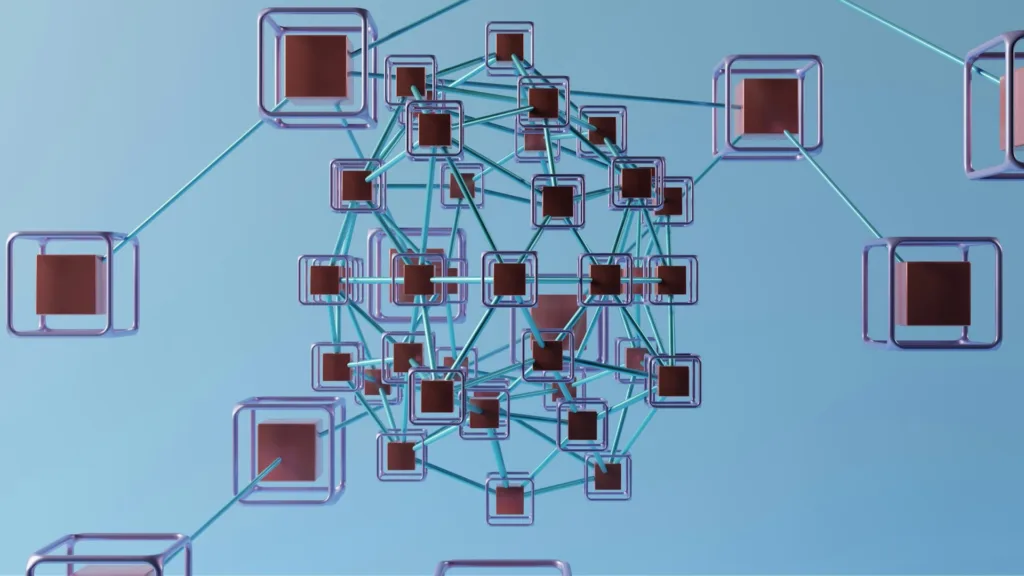When people talk about blockchain consensus, the first names that come up are usually Proof of Work (PoW) and Proof of Stake (PoS). But there’s another model that blends efficiency with community decision-making: Delegated Proof of Stake (DPoS). It’s not as widely discussed as PoW or PoS, yet it powers some of the fastest and most scalable blockchains out there.
Let’s break down what DPoS is, why it exists, how it compares to other systems, and where it’s being used today!
What is Delegated Proof of Stake (DPoS)?
Delegated Proof of Stake is a variation of Proof of Stake designed to speed up block production and reduce network costs. Instead of every staker competing to validate blocks, token holders vote for a small group of delegates (sometimes called witnesses or block producers). These delegates are responsible for confirming transactions and maintaining the blockchain.
In short: PoS spreads validation across all stakers, while DPoS delegates that responsibility to a select few chosen by the community.
Why was DPoS created?
Traditional PoW burns through energy and PoS, while efficient, can get slow with too many validators. DPoS steps in with a few clear goals:
- Speed: With fewer validators, transactions can be confirmed in seconds.
- Scalability: Easier to handle large volumes of transactions.
- Governance: Token holders have a direct say in who maintains the network.
- Cost efficiency: Less energy use, lighter hardware requirements.
It’s essentially PoS streamlined for real-world usage at scale!

How does Delegated Proof of Stake work?
Here’s the basic flow:
- Voting – Token holders vote for a limited set of delegates. Each vote’s weight is proportional to the tokens staked.
- Delegates chosen – The top-ranked candidates become active block producers.
- Block production – Delegates take turns validating transactions and producing blocks.
- Rewards distribution – Delegates earn rewards, which they may share with the voters who supported them.
This cycle continues, with token holders able to shift votes if a delegate fails to perform or acts dishonestly.
Pros and cons of Delegated Proof of Stake
| Pros | Cons |
| High throughput: Transactions per second are much higher than PoW and PoS. | Centralization risk: With a limited number of delegates, power can concentrate in the hands of a few. |
| Low latency: Blocks are produced quickly, often within a few seconds. | Voter apathy: Many token holders don’t vote, which reduces decentralization. |
| Community-driven governance: Token holders control who gets to validate. | Collusion risk: Delegates could form alliances to stay in power. |
| Energy efficient: Doesn’t require heavy mining hardware. | Less censorship resistance: A small validator set is easier to pressure or influence. |
DPoS compared to other consensus mechanisms
Here’s how DPoS stacks up against the big names:
| Mechanism | Core Idea | Pros | Cons | Examples |
|---|---|---|---|---|
| Proof of Work (PoW) | Solve puzzles to secure blocks | Very secure, time-tested | High energy use, slow, costly | Bitcoin, Litecoin |
| Proof of Stake (PoS) | Validators stake coins to confirm blocks | Energy efficient, more decentralized | Slower than DPoS, rich-get-richer issues | Ethereum, Cardano |
| Delegated Proof of Stake (DPoS) | Token holders vote for delegates | Fast, scalable, community governance | Risk of centralization, collusion | EOS, TRON, Steem |
Blockchains that use DPoS
Several well-known blockchains rely on DPoS or variations of it:
- EOS – Marketed as highly scalable with block times under a second.
- TRON – Popular for decentralized applications and high transaction throughput.
- Steem – A social blockchain built around user content and rewards.
- BitShares – One of the earliest implementations of DPoS, focused on financial assets.
Each of these networks chose DPoS to prioritize speed and governance over raw decentralization.
Frequently Asked Questions
It depends on the blockchain. EOS uses 21, TRON has 27, and others may use different numbers.
Yes. Token holders can reassign votes at any time, which helps keep delegates accountable.
Yes, but the governance model works best when there’s an active community willing to participate in voting.
Not always. Some networks encourage delegates to share rewards, but distribution rules vary by project.
Delegated Proof of Stake is one of the most practical consensus mechanisms for fast, low-cost blockchains. It trades some decentralization for speed and governance flexibility, which is why it’s attractive for networks aiming to handle millions of users.
Here’s the thing: DPoS isn’t a one-size-fits-all solution. If you want maximum security and decentralization, PoW and PoS may be better fits. But if you need high throughput and are comfortable with some centralization, DPoS can be a strong choice.
The takeaway is simple: DPoS proves that consensus mechanisms don’t have to be slow or wasteful. They can evolve to fit the needs of the applications they serve.
With over five years of experience in the tech industry, Kazim excels at simplifying complex topics, making them accessible to tech enthusiasts and general readers alike.
He has contributed to several renowned publications worldwide, including WindowsReport and Allthings.how, bringing insightful coverage of key developments in the field.
When he’s not writing, you’ll find Kazim planning weekend getaways or diving into tech verticals beyond his expertise.




